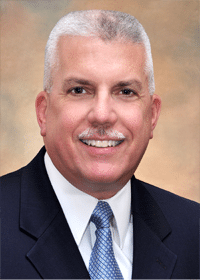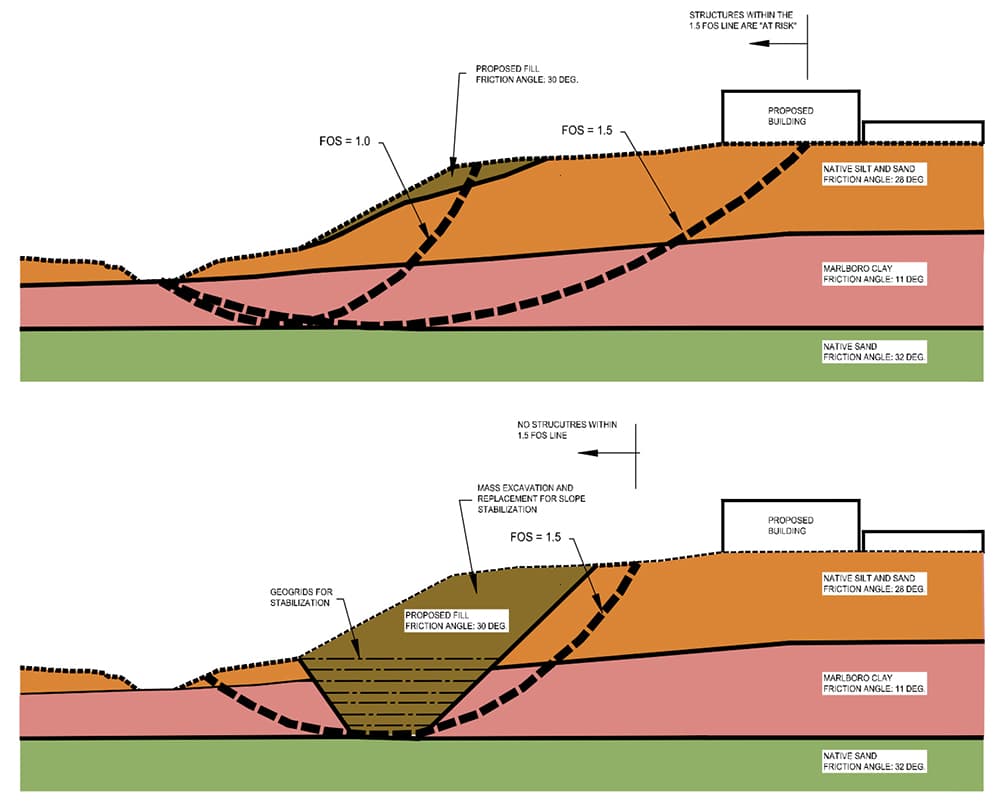 York, PA – Geo-Technology Associates, Inc. (GTA), a national geotechnical engineering and environmental consulting firm, has announced that their York, Pennsylvania office, managed by Jonathan D. Raab, P.E., and Andrew J. Zmoda, P.E., P.G., has moved to a larger location to accommodate the expansion of their soils and concrete lab. Their AMRL certified soils lab is equipped to test soils and road materials for a variety of engineering tests, including lime and Portland cement stabilization, and full depth reclamation (FDR).
York, PA – Geo-Technology Associates, Inc. (GTA), a national geotechnical engineering and environmental consulting firm, has announced that their York, Pennsylvania office, managed by Jonathan D. Raab, P.E., and Andrew J. Zmoda, P.E., P.G., has moved to a larger location to accommodate the expansion of their soils and concrete lab. Their AMRL certified soils lab is equipped to test soils and road materials for a variety of engineering tests, including lime and Portland cement stabilization, and full depth reclamation (FDR).
GTA’s new home is just less than two miles from its previous site. Jon Raab first opened GTA’s York office in April of 2005. Over the years, the office has grown from a one-man office to a staff of geotechnical engineers, geologists, laboratory technicians, and field technicians.
GTA’s York office’s new address is:
2292 Industrial Highway, York, PA 17402
Telephone and fax numbers remain the same: P) 717-318-5451; F) 717-318-5460.
GTA’s York team specializes in a variety of geotechnical services including subsurface explorations, stormwater infiltration testing, foundation design, retaining wall design including construction drawings, sinkhole investigation and repair design, road and subgrade stabilization, pavement design, slope stability analysis, natural gas well pad design, construction observation and materials testing, and environmental engineering.
Founded in 1985, GTA offers cost-efficient and creative solutions in the planning, design, and construction of commercial, industrial, residential, mining and reclamation, and infrastructure projects. GTA has a staff of over 230, with experience in nearly all areas of geotechnical and environmental consulting, drilling, construction observation and testing, and engineering. Strategically placed offices in Pennsylvania, Maryland, Delaware, New Jersey, Virginia, Ohio, North Dakota, and North Carolina allow for effective coverage throughout the mid-Atlantic region, Dakotas, and Carolinas.
 As a national geotechnical engineering and environmental consulting firm, we are pleased to announce the opening of our new Fredericksburg, Virginia office. Established as an extension of our Sterling office, this new location further supports GTA’s clients’ commercial and residential developments in central Virginia.
As a national geotechnical engineering and environmental consulting firm, we are pleased to announce the opening of our new Fredericksburg, Virginia office. Established as an extension of our Sterling office, this new location further supports GTA’s clients’ commercial and residential developments in central Virginia. Vice President Stephen Cutter heads up GTA’s Frederick office, which has moved to a larger location just a few miles away from its previous site.
Vice President Stephen Cutter heads up GTA’s Frederick office, which has moved to a larger location just a few miles away from its previous site.


 Published in Maryland Building Industry Association’s, Build Maryland Magazine, Jan/Feb 2015
Published in Maryland Building Industry Association’s, Build Maryland Magazine, Jan/Feb 2015 GTA keeps growing. As a means to better serve the needs of our Baltimore City clientele, we are excited to announce the opening of our new office located at:
GTA keeps growing. As a means to better serve the needs of our Baltimore City clientele, we are excited to announce the opening of our new office located at: GTA focuses on safety and has been successful at developing a company-wide culture of safety. To further entrench our commitment to safety, we have hired a full-time dedicated Certified Occupational Safety Specialist (COSS). We are pleased to announce that Michael V. Whiteman has joined GTA!
GTA focuses on safety and has been successful at developing a company-wide culture of safety. To further entrench our commitment to safety, we have hired a full-time dedicated Certified Occupational Safety Specialist (COSS). We are pleased to announce that Michael V. Whiteman has joined GTA!



 Ravi Malviya is a Vice President GTA with more than 25 years of geotechnical and site engineering consulting experience throughout the mid-Atlantic and New England.
Ravi Malviya is a Vice President GTA with more than 25 years of geotechnical and site engineering consulting experience throughout the mid-Atlantic and New England.










 Slides of the Marlboro Clay (reddish-brown in color, bottom of picture) layer after a storm event, during a mass excavation and replacement slope stabilization.
Slides of the Marlboro Clay (reddish-brown in color, bottom of picture) layer after a storm event, during a mass excavation and replacement slope stabilization. The top diagram identifies slope instability due to the presence of Marlboro Clay. The planned structures are impacted by the 1.5 FOS line. The bottom figure shows a mass removal and replacement to stabilize the slope. This is very expensive, and can possibly be avoided with proper analysis and input from the geotechnical engineer prior to permitting and final site designs.
The top diagram identifies slope instability due to the presence of Marlboro Clay. The planned structures are impacted by the 1.5 FOS line. The bottom figure shows a mass removal and replacement to stabilize the slope. This is very expensive, and can possibly be avoided with proper analysis and input from the geotechnical engineer prior to permitting and final site designs.

 Richard Lake is an Associate with GTA, and a New Jersey Licensed Site Remediation Professional (LSRP). Rich has more than 20 years of experience providing environmental consulting for sites throughout New Jersey and Pennsylvania.
Richard Lake is an Associate with GTA, and a New Jersey Licensed Site Remediation Professional (LSRP). Rich has more than 20 years of experience providing environmental consulting for sites throughout New Jersey and Pennsylvania.
